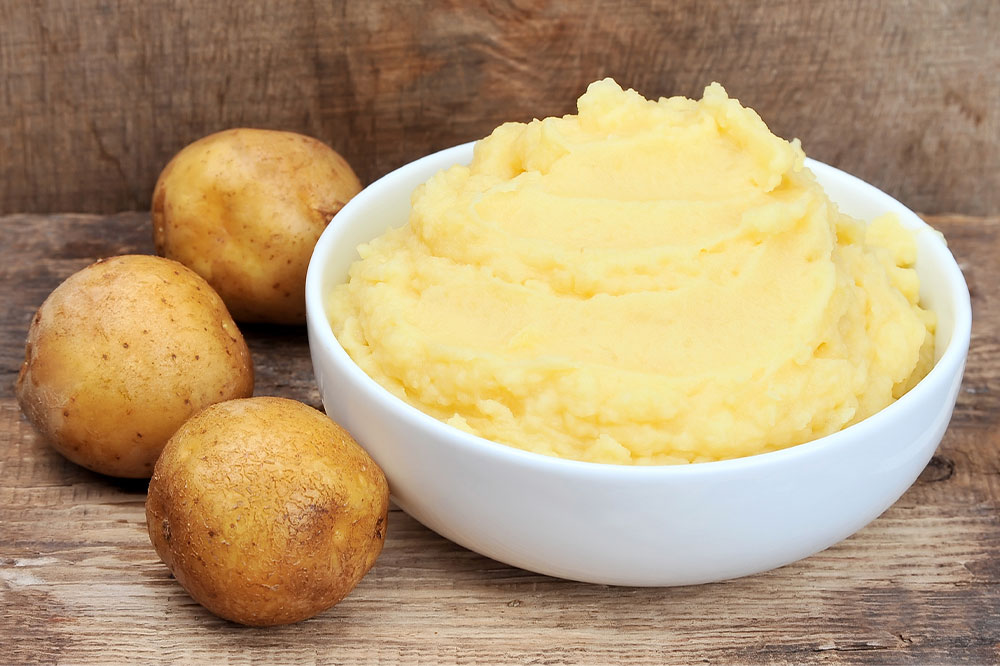
Spinal muscular atrophy – Causes, symptoms, and management
Spinal muscular atrophy (SMA) refers to a group of hereditary disorders that affect the nerve cells in the brain stem and spinal cord. It mainly affects those cells responsible for controlling muscle functions like walking, talking, swallowing, and breathing. The condition can develop in individuals of all ages. But several treatments and therapies are available to manage the disease and improve the patient’s quality of life. Here is a brief overview of spinal muscular atrophy.
Causes
Spinal muscular atrophy is an inherited disorder. A gene mutation or defect affects the production and function of motor neurons in the spinal cord that help with muscle control. Individuals with a family history of this condition are at a higher risk. So, they should get tested as soon as they experience any symptoms.
Symptoms
The condition’s primary and most commonly reported signs are loss of muscle strength, impaired muscle control, and hypotonia (loss of muscle tone). Sometimes, the muscles in the respiratory system collapse, leading to breathing difficulties and loss of vital respiratory function. In rare cases, patients also experience pain, tremors, and bowel and bladder control problems. Over time, one might develop behavioral changes like anxiety and depression.
Treatments
Specific treatment options may help improve quality of life and slow down the disease’s progression:
SMA-enhancing therapies
These therapies either work to repair the genetic mutation to restore functional motor neuron proteins or directly help produce the proteins necessary for enhanced muscle control. Before doctors suggest this treatment option, the patient has to be deemed physically and mentally fit to receive the said care. Also, the type of spinal muscular atrophy, the extent of nerve damage, and the symptoms’ severity will determine the treatment course. Family preferences are also considered after all available treatment options are explained to the primary caretakers.
Surgical treatments
Complications linked to the disorder are managed with targeted surgeries. For instance, if muscle contractures worsen with time, a surgical procedure is done to release the stiffness and improve mobility. Patients who develop scoliosis may experience breathing issues as the muscles push forward, affecting the chest’s respiratory function. In this case, surgery is done to fit insertions that hold the spinal components in place. In extremely severe cases, a tracheostomy is performed to restore breathing function artificially with the help of a machine.
Natural remedies and home assistance
Besides active treatments, one can manage spinal muscular atrophy at home with lifestyle changes and supportive care:
Assistive devices
Patients can move around in the initial stages as the disease does not significantly impact mobility. However, doctors recommend using walkers for a reasonable distance so that no excess pressure is put on the spinal cord.
Respiratory assistance
Breathing problems are common in spinal muscular atrophy. The muscles become weak and cannot support respiratory functions. As a result, oxygen cylinders and continuous airway pressure devices are recommended to help patients overcome mild to moderate breathing discomfort.
Exercises
Doctors recommend physical therapy and specific exercise to improve muscle control and prevent contractures. Any form of movement can also help promote better respiratory and circulation and maintain the patient’s overall health and well-being.
Foods to have and avoid
Spinal muscular atrophy makes it difficult for young children to swallow or chew as muscle weakness sets in. As a result, they must eliminate many foods from their daily meals and choose from limited foods and beverages, depending on the severity of the muscle weakness. Nutritionists and specialists recommend including more semi-solid and liquid foods that are easy to swallow, such as smooth mashed potatoes and yogurt. On the other hand, seeds and sticky foods like peanut butter should be avoided. The options will change depending on the type of spinal muscular atrophy, the severity of the symptoms, the condition’s progression, and other factors. Vitamin and mineral chewables might also be suggested to counter nutritional deficiencies arising from the omission of solid foods from the meal plan.




